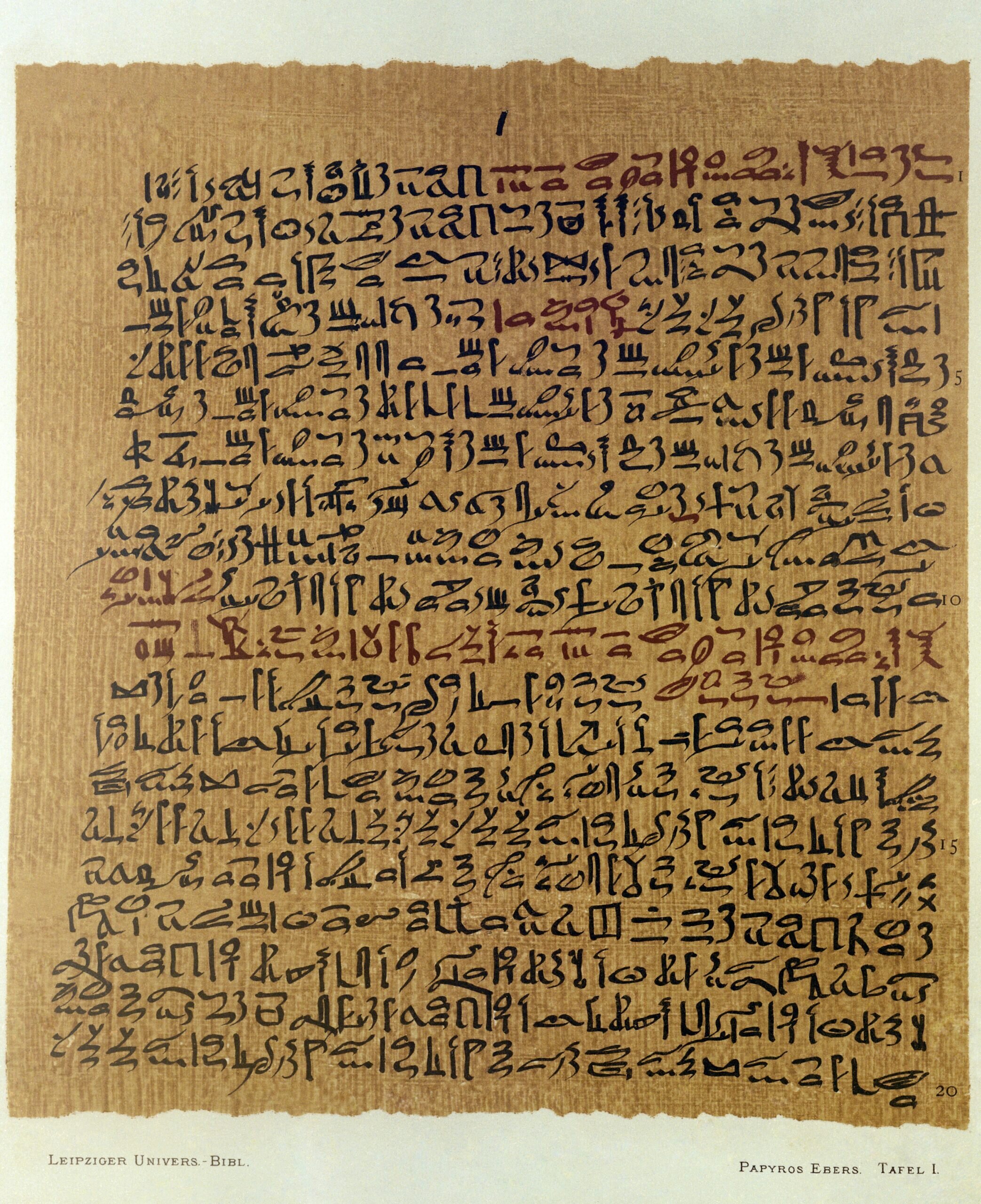The Proper Channels

You’ve undoubtedly heard of the old belief that health depends on the four humors. Channel theory probably goes at least a thousand years further back.
You’ve undoubtedly heard of humoral theory, the old belief that health depends on the proper balance of the four humors (blood, phlegm, black bile, and yellow bile). It’s possible, though, that you’ve never heard of channel theory, an even older belief that was probably one of humoral theory’s precursors. The theory of the four humors is a relatively well-known one because it was among the dominant medical philosophies of Ancient Greece, the Roman Empire, medieval Europe and right down into the eighteenth and nineteenth centuries. Channel theory, in contrast, comes from Egypt, and probably goes at least a thousand years further back than the humors.
In principle, channel theory is fairly simple. Dependent as they were on the Nile and irrigation, Egyptian thinkers noted that when a waterway was blocked, water would back up and damage things in the vicinity. They applied similar logic to the body, suggesting that there were a finite number of important channels in the body and that disease arose if these were blocked. Unlike Chinese medicine, where channels were more a question of energy and couldn’t really be seen or felt (or cut and manipulated), the Egyptians identified the major blood vessels and other anatomical structures and deduced their importance. Surviving Egyptian medical texts describe different methods of unblocking important channels, which largely meant inducing sneezing or coughing, bleeding specific parts of the body, or giving purgatives to cause vomiting or diarrhea. We know that Egyptian surgery techniques were quite advanced, and they had some surgical techniques for “unblocking” various important structures, notably the liver and intestines, and some (but not all) of their texts also describe prayers, spells, and rituals to aid unblocking.
One thing that we can conclude from the existence of channel theory is that the Egyptians had a pretty good grasp of anatomy. Throughout much of history, physicians had to work without great knowledge about the body, because dissections and related investigations were considered sinful, or even outright illegal. The Egyptians’ descriptions of the body’s channels demonstrate that they knew a fair bit about how many major blood vessels, nerves, and other channel-like tissues ran through the body. We also know, however, about some major limitations to their knowledge. Their number of vessels was obviously smaller than the dozens of named veins, arteries, and nerves currently known, to say nothing of the uncountable ones which are too small or fiddly to have been named. Furthermore, they also didn’t have a fantastic grasp of the function of these channels. Egyptian texts state, for example, that there are four vessels which bring blood to the eyes; at best they didn’t fully understand the difference between veins and arteries, and at worst they didn’t understand the difference between blood vessels and nerves.
Arguably, channel theory has a lot of accuracy. Many major diseases are indeed the result of a block in one major body part or another. Heart attacks result from blocked coronary arteries. Strokes result from blocked (or broken) cerebral vessels. Blockages within the intestines cause or signify a host of problems ranging from constipation to appendicitis to cancer. Many respiratory diseases are treated, at least in part, by unblocking airways. Unblocking would prove to be very limited, however. It wouldn’t be terribly effective for neurological disorders, for example, the even the Egyptians didn’t seem to feel that channel theory was very good at explaining mental disorder. For all that they got wrong, however, it’s worth giving the Egyptians credit for having effective treatments for a variety of physical and mechanical illnesses… often more effective than what Europeans would be using two thousand years later.
Channel theory is useful in a game because it provides an alternate way of societies to understand sickness and, through that, every other aspect of life. Players often know enough about humor theory and the other clichés of the middle ages that they won’t take them seriously if they come up in a game, but channel theory, being both less well known and, in many respects more intuitively understandable, might catch their attention and make them think twice. Making channel theory the central medical philosophy of a culture helps set it apart from neighbouring nations and adds flavour to a campaign setting, while modifying spells so that they relate more clearly to channels can change the way healing works in a game. And, as with other historical conceptualizations of medicine, having situations where the outcome of skill checks or quests depends on the accuracy of channel theory sets up the potential for hilarious misadventure, which is always the stuff of good storytelling.
More than four years ago, Dr. Eris Lis, M.D., began writing a series of brilliant and informative posts on RPGs through the eyes of a medical professional, and this is the one that appeared here on April 3, 2020. Lis is a physician, gamer, and author of the Skirmisher Publishing LLC OGL sourcebook Insults & Injuries, which is also available for the Pathfinder RPG system.






